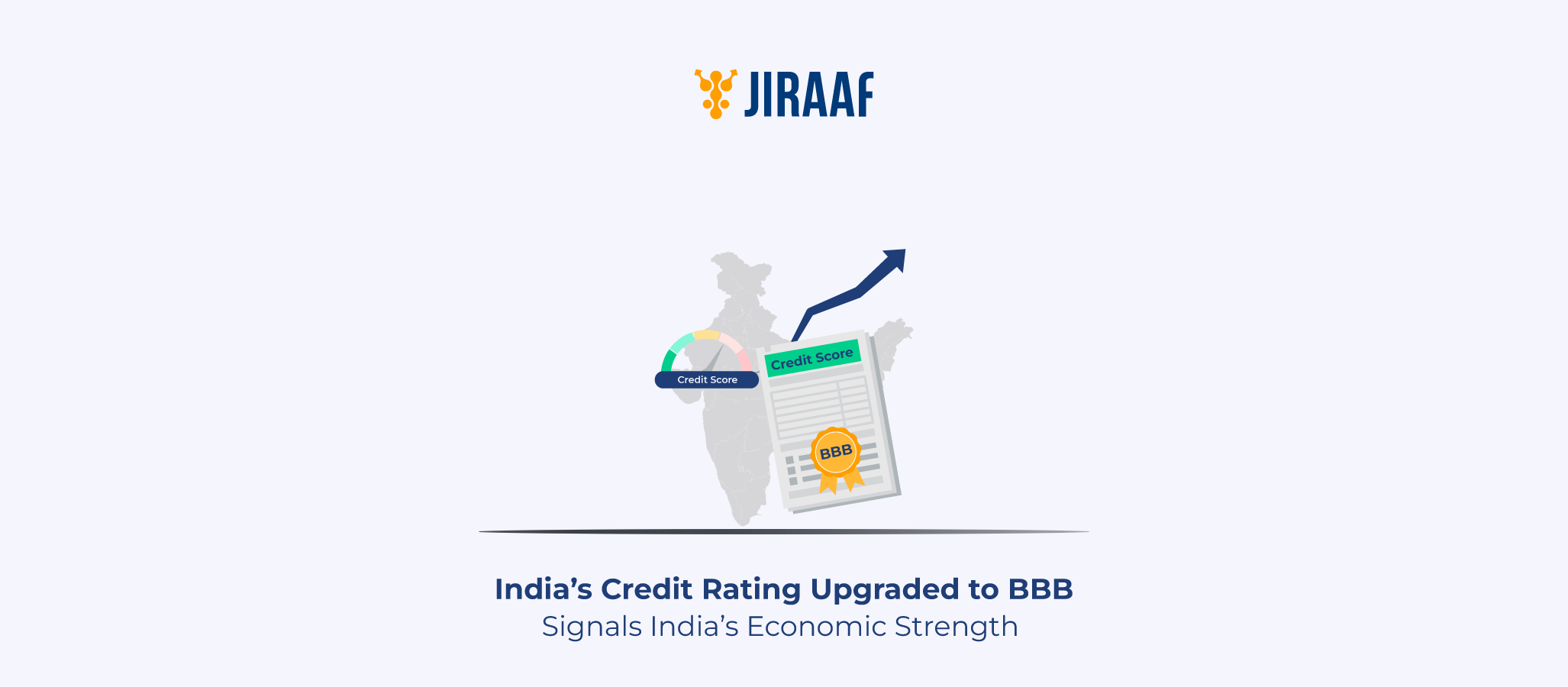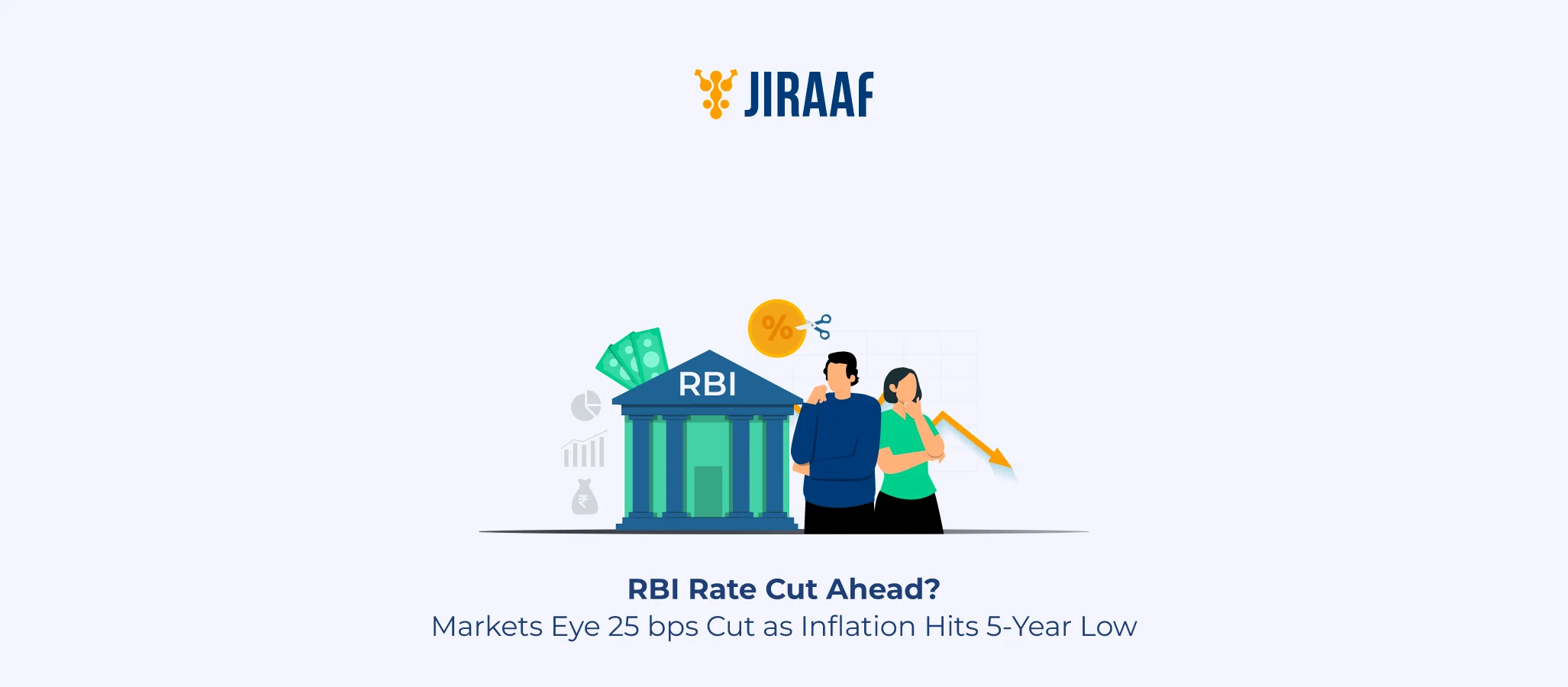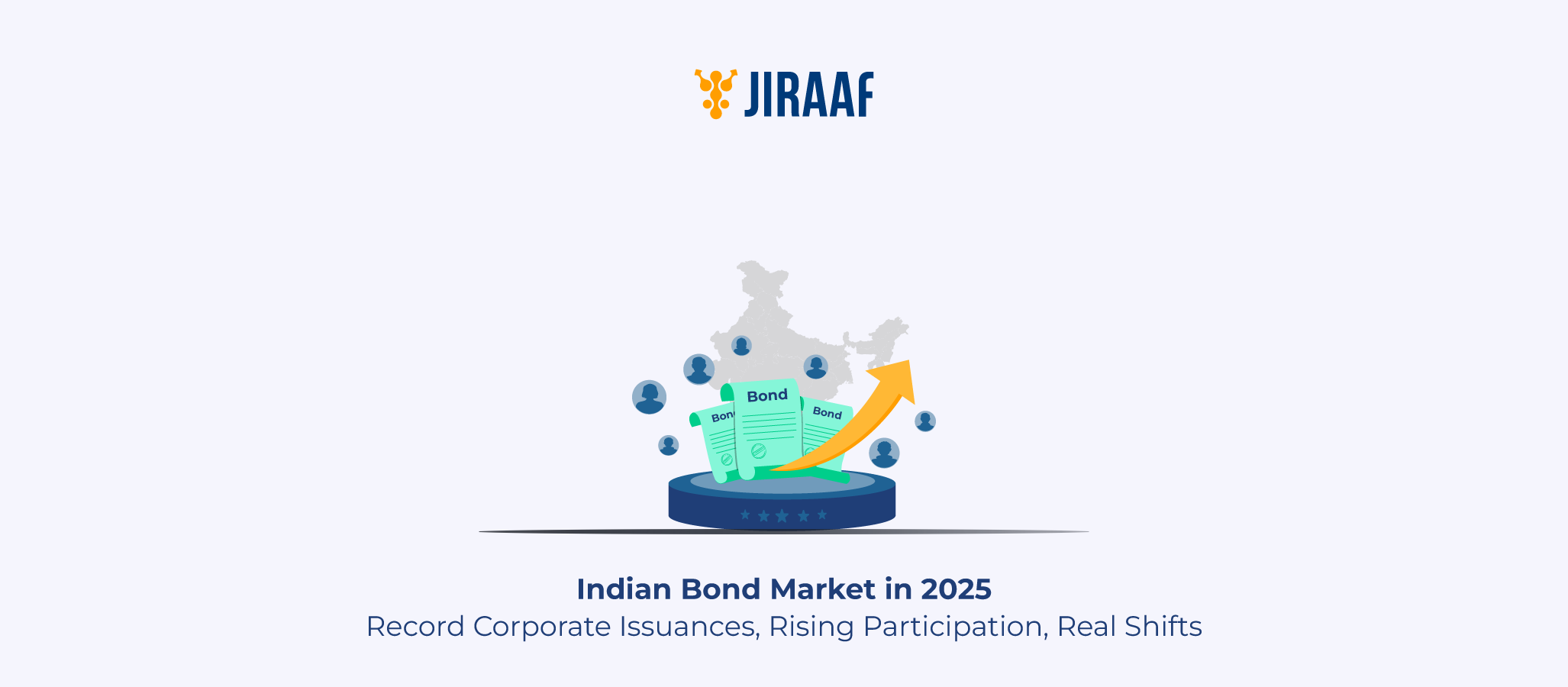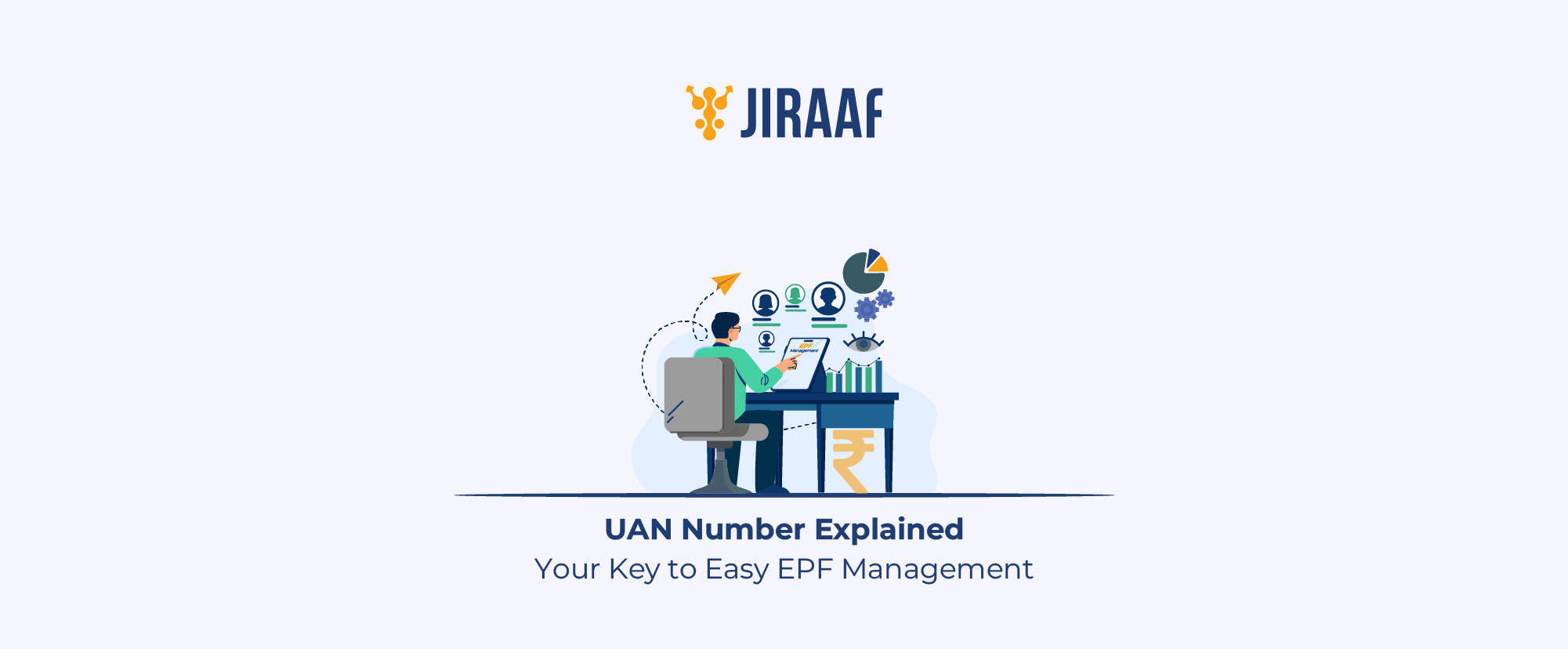Imagine depositing your pay cheque at a bank and knowing that it would always provide you with cash when needed—every rupee is accessible, even during a financial crisis. That confidence is based on a set of regulatory safeguards, the most important of which is the Cash Reserve Ratio (CRR). In India, the Reserve Bank of India (RBI) employs CRR to ensure that banks have adequate liquid cash to meet withdrawal requests. Whether you’re saving, investing, or taking out a loan, CRR impacts the flow of money in the economy and how easily you may get it. Let’s break down what it is, how it works, its importance in monetary policy, and how it is different from SLR.
What is the Cash Reserve Ratio (CRR)?
CRR in banking refers to the percentage of a bank’s total deposits that must be maintained in cash with the RBI. When expressed as a percentage of net demand and time liabilities (NDTL), it serves as a buffer to ensure liquidity and confidence in the financial system. CRR is mandatory; banks cannot utilize this money for lending or commercial purposes. Banks ensure that they can meet withdrawal demands even during volatile times by maintaining a predetermined percentage of their deposits with the RBI.
CRR Meaning and How It Works
Understanding the CRR’s Meaning:
- NDTL: Refers to the current, savings, fixed, and recurring deposits, excluding inter-bank deposits.
- CRR requirements: If a bank’s CRR is 4% and it holds ₹100 crore in NDTL, it must keep ₹4 crore in cash with the RBI.
- Periodic maintenance: Banks must comply with CRR on a fortnightly basis, keeping at least 95% of the required balance daily.
Non-compliance penalties apply to banks that do not maintain CRR, resulting in higher interest rates than the bank rate. CRR is fundamentally concerned with ensuring system liquidity. When the RBI sets the CRR, it has a direct impact on banks’ lending ability and regulates cash flow in the economy.
Importance of CRR in Monetary Policy
- Control of money supply: CRR has a direct impact on the cash available to banks for lending. A greater CRR decreases the money supply, whereas a lower CRR enhances liquidity.
- Inflation control: During periods of excessive inflation, the RBI may raise the CRR to reduce surplus liquidity and thereby limit spending and price increases.
- Banking system safety: By requiring banks to keep a percentage of their deposits as reserves, CRR assures that they have enough liquidity to meet withdrawal demands and prevent bankruptcy.
- Economic growth: When the RBI lowers the CRR, banks have more funds to lend, boosting economic growth by promoting investment and consumption.
CRR vs SLR: Key Differences
| Feature | CRR | SLR |
| Meaning | Cash banks must keep with the RBI. | Liquid assets that banks hold in their vaults in the form of cash, gold or approved securities. |
| Asset type | Cash only, held with the RBI. | Liquid assets (cash, government securities, gold), held by banks. |
| Interest | None. | Yes, interest earned on government securities |
| Immediate impact | Affects liquidity instantly. | Affects credit expansion gradually. |
| Ratio calculation | The percentage of total NDTL. | The percentage of NDTL. |
| Typical rate in India | 4% | 18% |
CRR directly drains or releases funds from the system, while SLR ensures that banks have safe, liquid assets. Together, they influence the credit dynamics and financial stability.
Impact of CRR on Liquidity and Inflation
CRR modifications have real-world implications:
- Liquidity crunch: As CRR rises, banks keep more cash with the RBI, leading to lesser money for lending. Reduction in lending, in turn, lead to reduced expenditure/purchasing power and controls inflation.
- Stimulus release: Lowering the CRR increases lending capacity, stimulates investment, and promotes economic growth. However, if this is abused, it might cause inflation to rise.
- Market stability: The RBI’s recent decrease of 100 basis points (bps) to 3% would increase liquidity and align overnight call rates with repo rates, ensuring market stability.
How the RBI Determines the CRR Rate
When the RBI decides to boost the CRR, the quantum of money available to banks decreases. This is the RBI’s method of managing the excessive flow of money in the economy. Scheduled banks must maintain a cash position with the RBI of at least 4% of their total NDTL. This is done every fortnight.
- Monetary policy committee (MPC) decisions: The RBI’s MPC frequently examines and modifies the CRR based on economic conditions.
- Reserve requirements: As of April 9, 2025, the CRR is 4%, unchanged since December 2024, with a current repo rate of 5.5%.
- Strategic usage: Aside from emergency interventions, the RBI now actively employs CRR to manage liquidity and control market rates.
Conclusion
You now see why CRR is essential to India’s banking system; it ensures that your money is constantly available, it gives the RBI a tool for combating inflation and easing credit, and it affects lending capacity, interest rates, and economic momentum. Understanding CRR allows you—whether you’re saving, investing, or planning a loan—to go beyond figures and understand how the RBI’s policy tools affect your money in real life.
Discover fixed income investments with Jiraaf, a SEBI registered online bonds platform that educates and brings access to a wide array of bonds. Sign up today to explore diversified fixed income investment opportunities to support your goal-based wealth creation journey. Start investing!









